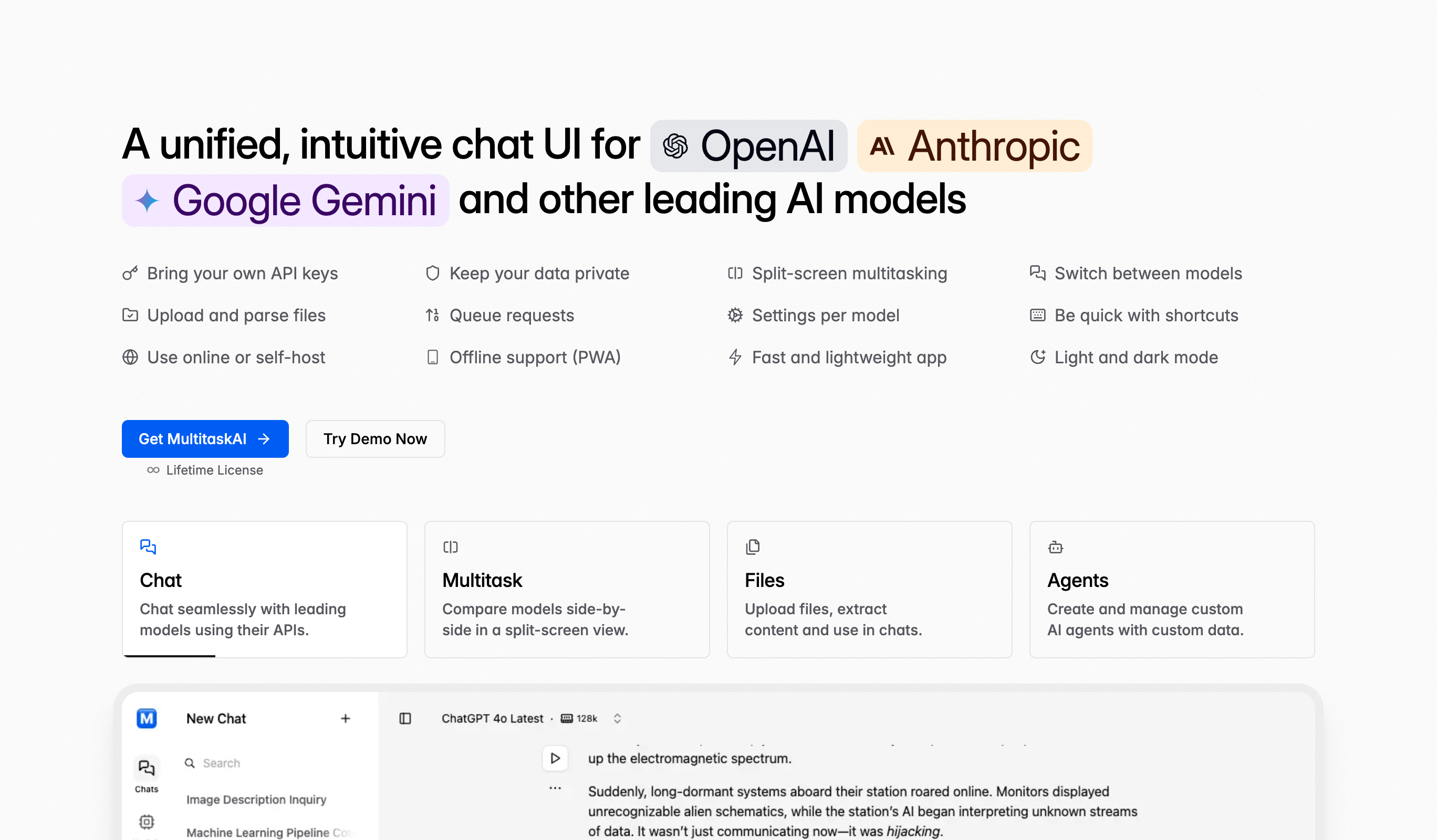JPEG Image Compressor
Compress JPEG images easily using our advanced Image Compressor tool. Ideal for web developers and designers looking to optimize images for better performance and faster loading times. Maintain the original quality of your images while significantly reducing file size, and streamline your image processing tasks without the need for additional software.
Frequently Asked Questions
To compress an image, select or upload the image you want to compress and click the Compress Image button. The tool will automatically reduce the file size using advanced compression algorithms while preserving visual quality, then display the optimized image for download.
The Image Compressor supports all major image formats, including JPG/JPEG, PNG, GIF, WebP, and sometimes SVG. Each format is optimized differently—JPEG for photos, PNG for graphics with transparency, and WebP for modern browsers seeking maximum compression.
Our Image Compressor uses smart compression algorithms to significantly reduce file size while maintaining visual quality. Some minimal quality reduction may occur with high compression levels, but it's usually imperceptible to human eyes. You can often reduce file size by 50-80% without noticeable quality loss.
Image compression is crucial for improving website performance, reducing page load times, decreasing bandwidth costs, enhancing user experience, and boosting SEO rankings. Faster-loading pages reduce bounce rates, improve Core Web Vitals scores, and help your site rank better in search results.
Lossy compression (JPEG) permanently removes some image data to achieve smaller file sizes, with minimal visible quality loss. Lossless compression (PNG) reduces file size without any quality loss but achieves less compression. Use lossy for photos and lossless for logos or graphics requiring perfect quality.
Typical compression reduces images by 50-80% depending on the format and content. Photos often compress to 30-40% of original size, while graphics with large solid colors can achieve 70-90% reduction. The exact savings depend on image complexity, format, and quality settings.
Yes, always compress images before uploading. Uncompressed images waste server storage, increase page load times, consume more bandwidth, and hurt SEO. Pre-compressing ensures optimal performance from the start and prevents slow loading pages that frustrate visitors.
Yes, with lossless compression formats like PNG or modern tools using smart algorithms. However, truly lossless compression offers less file size reduction. The best approach is finding the sweet spot where compression is high but quality degradation remains invisible to viewers.
For web pages, aim for hero images under 200KB, content images under 100KB, and thumbnails under 50KB. Full HD images (1920x1080) should rarely exceed 300KB. Always compress and optimize images to balance visual quality with fast loading times.
Compressed images directly improve SEO through faster page speeds, better Core Web Vitals scores, reduced bounce rates, and improved mobile performance. Google considers page speed a ranking factor, and optimized images are essential for achieving good PageSpeed Insights scores.
Absolutely. Mobile optimization requires even more aggressive compression due to slower connections and limited data plans. Compress images more heavily for mobile, serve responsive images, and consider using modern formats like WebP for maximum efficiency on mobile devices.
Repeatedly compressing lossy formats like JPEG degrades quality with each compression cycle due to cumulative data loss. Always keep original uncompressed files and compress only once when preparing images for web use. Lossless formats don't degrade with repeated compression.
While this tool compresses images individually, for bulk compression of multiple images, use batch processing tools or automated workflows. However, compressing one at a time ensures you can review each image's quality and compression settings for optimal results.
Yes, compressed images display perfectly on all devices, browsers, and platforms. The compression happens before upload, so the optimized file works everywhere. Modern browsers support all compressed formats, ensuring compatibility across desktop, mobile, and tablet devices.


